
Recently, history was made in a quiet garden in Worcestershire, England. A tree that once thrived during the age of dinosaurs bore fruit for the first time in a couple’s garden. The Wollemi pine, once thought to be extinct, is now one of the rarest trees on Earth. Its journey from fossil to flourishing plant has captivated scientists and nature lovers.
The tree bearing fruit is a hopeful sign for conservationists, showing that even the rarest species can defy expectations. This living fossil’s story is a testament to endurance, resilience, and the wonders still hidden in the natural world, waiting to be discovered.
Lost in Time
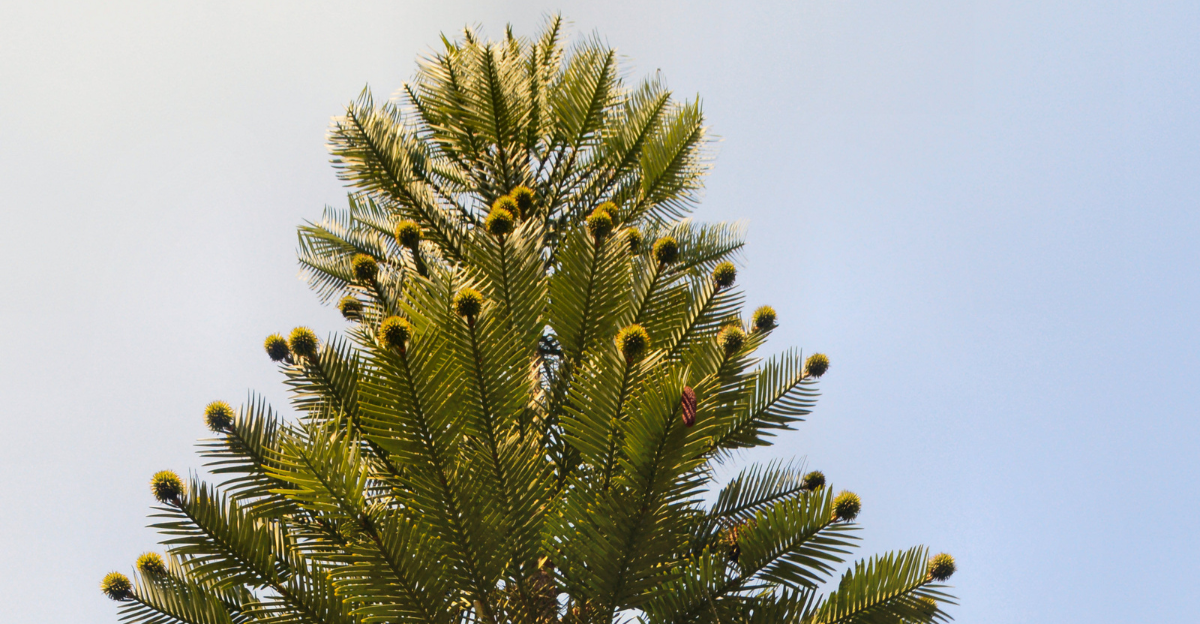
The Wollemi pine dates back to the Cretaceous period when it flourished in ancient forests and shared the world with dinosaurs like Tyrannosaurus rex. It thrived for millions of years, but eventually, it vanished and was presumed extinct by scientists, with only fossils left.
Its disappearance remained a mystery, likely due to Earth’s shifting climates and landscapes. But the Wollemi pine’s story didn’t end there. A few of these trees survived in remote Australian valleys, where they were waiting to be rediscovered. Their rediscovery would become one of the most remarkable botanical finds of the twentieth century.
The Miraculous Rediscovery
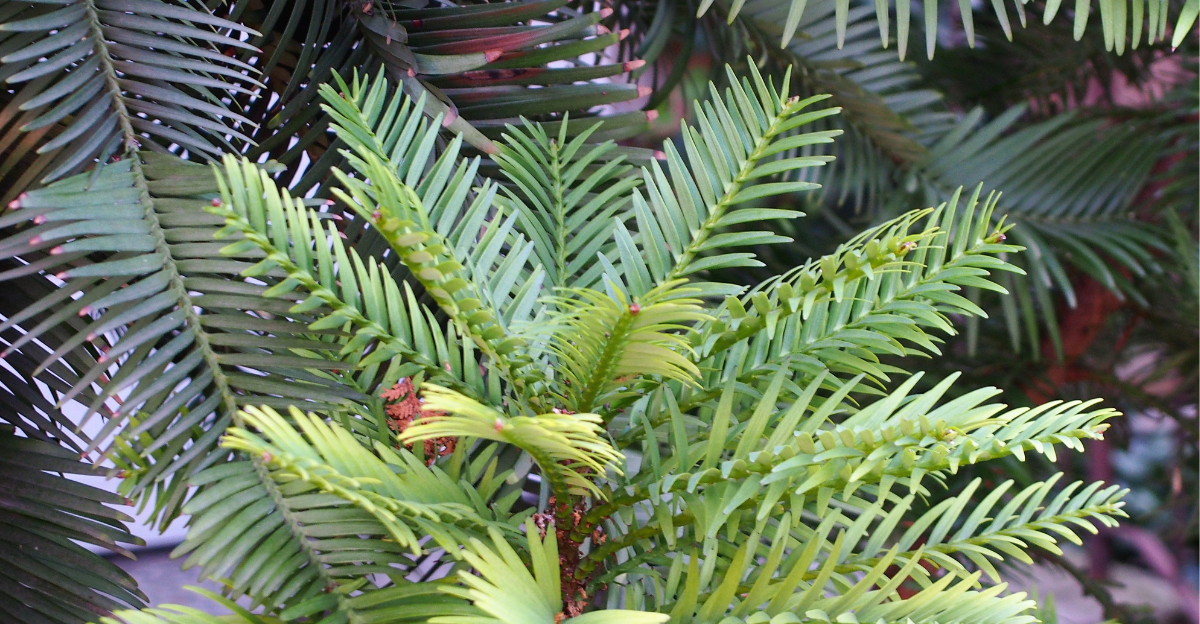
In 1994, bushwalker and park ranger David Noble came across a cluster of unusual trees hidden deep in a remote Australian canyon. These trees’ unique, bubbly bark and unusual foliage caught Noble’s eye. When botanists examined them, they were astonished. The trees were none other than the long-lost Wollemi pine.
The discovery sent shockwaves through the scientific world. It was as if a dinosaur had walked out of the past. The tree’s rediscovery was compared to a “botanical equivalent of finding a living dinosaur,” sparking worldwide interest and a race to protect and study this ancient survivor.
A New Home in England
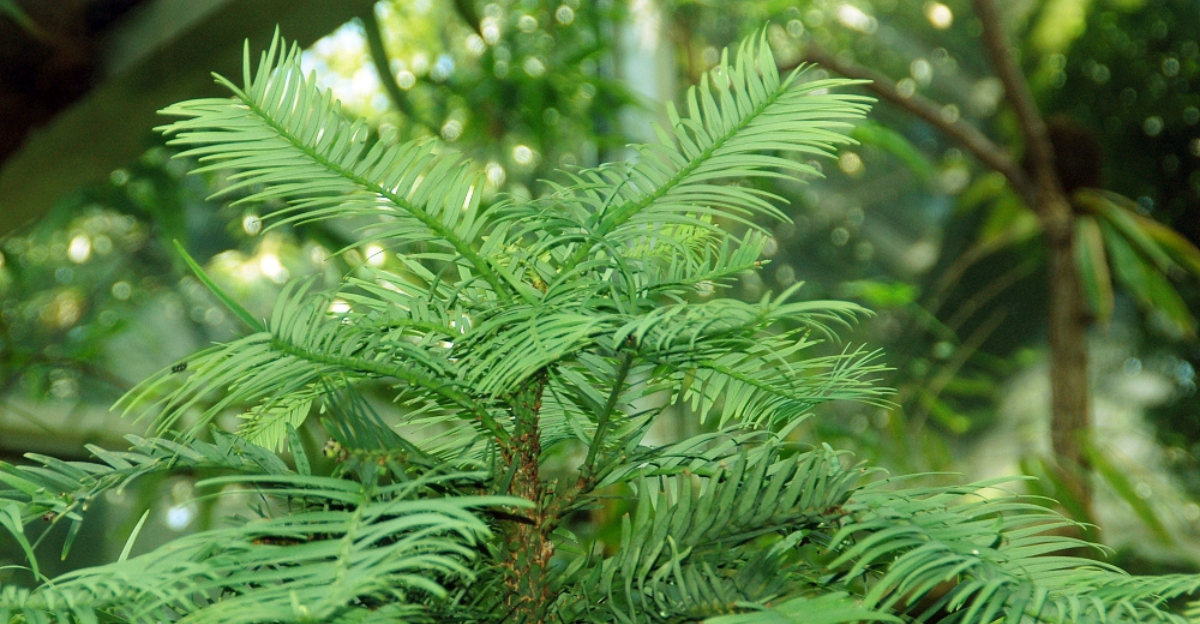
To protect the Wollemi pine, scientists quickly began cultivating it in botanical gardens across the world. In 2010, in Worcestershire, England, Pamela and Alistair Thompson planted a young Wollemi pine at the foot of the Malvern Hills. Over the years, the tree slowly grew, adapting to its new environment.
The Thompsons cherished their rare tree, aware of its remarkable heritage. As the years passed, the tree flourished and reached significant heights. Their commitment and patience were about to pay off unexpectedly.
The Fruitful Surprise
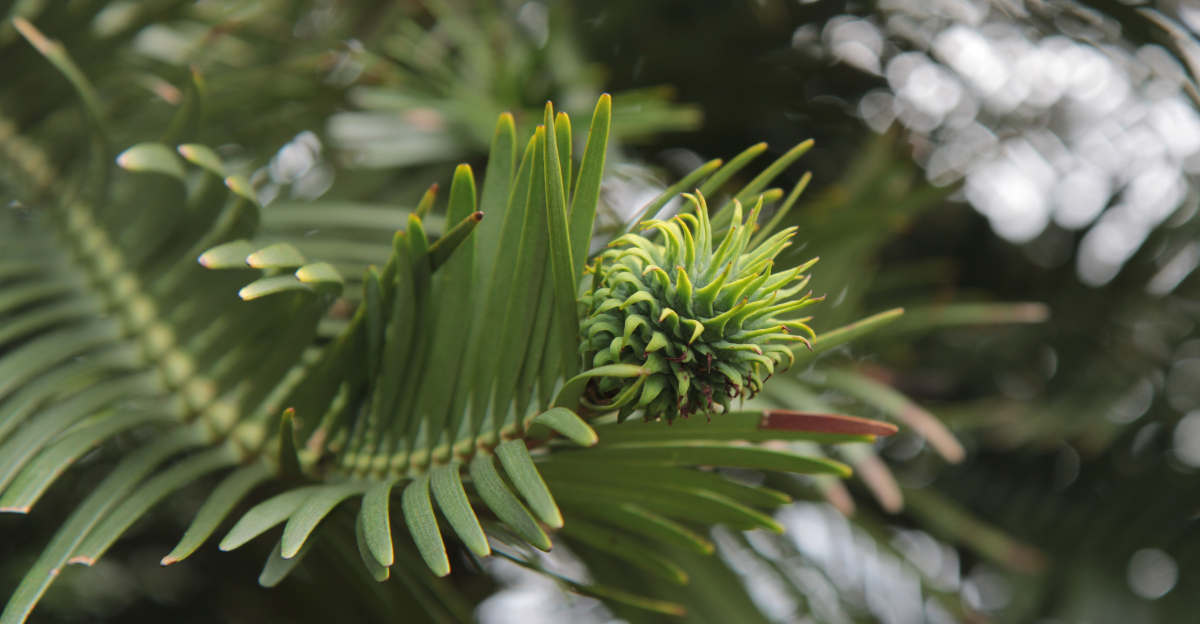
One spring morning, Pamela made an extraordinary discovery: the Wollemi pine in her garden was bearing fruit. Male and female cones had formed on the tree, signaling the possibility of viable seeds. This was a significant event for a tree whose lineage predates the dinosaurs.
News of Pamela’s discovery spread quickly, exciting botanists and conservationists worldwide. The tree’s ability to produce fruit outside its native Australia showed hope for the species’ future. It marked a significant step in ongoing efforts to preserve and propagate this ancient survivor, ensuring its story would continue for generations.
Anatomy of an Ancient Marvel
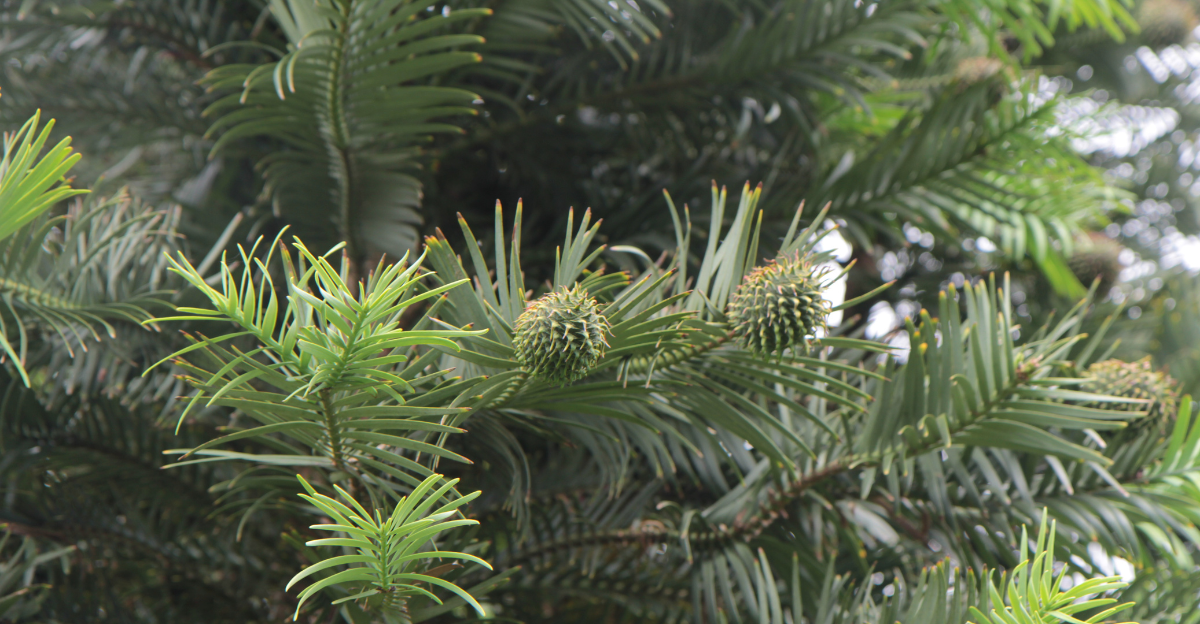
The Wollemi pine is not a true pine but a unique conifer closely related to the monkey puzzle tree. Its most striking feature is its long, pendulous male cones and round, spiky female cones. These trees can be recognized by their evergreen, fern-like leaves and distinctive, bubbly bark.
The tree’s ancient characteristics have remained unchanged for millions of years, which makes the Wollemi pine a living window into Earth’s distant past. Its success in thriving across a range of climates, from Australia to England, adds to its mystique and shows its remarkable adaptability and resilience.
Genetic Mysteries
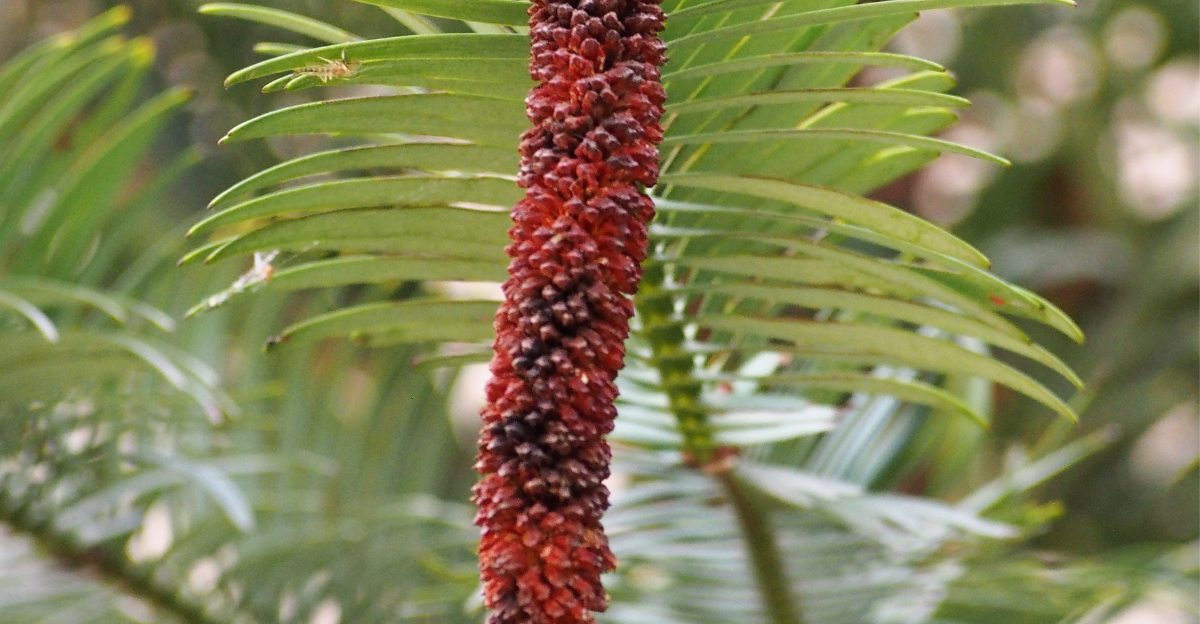
Scientists have sequenced the Wollemi pine’s genome and found that it contains an astonishing 12.2 billion base pairs, which is four times more than the human genome. Yet, despite this genetic abundance, the species shows very little genetic diversity, likely due to a population bottleneck that occurred thousands of years ago.
Most of the wild Wollemi pines reproduce by cloning themselves through coppicing, where new shoots emerge from the base of the tree. This strategy has helped the Wollemi pine survive for so long, but it also makes it extremely vulnerable to disease and environmental changes, showing the importance of ongoing conservation and genetic research.
Conservation Champions
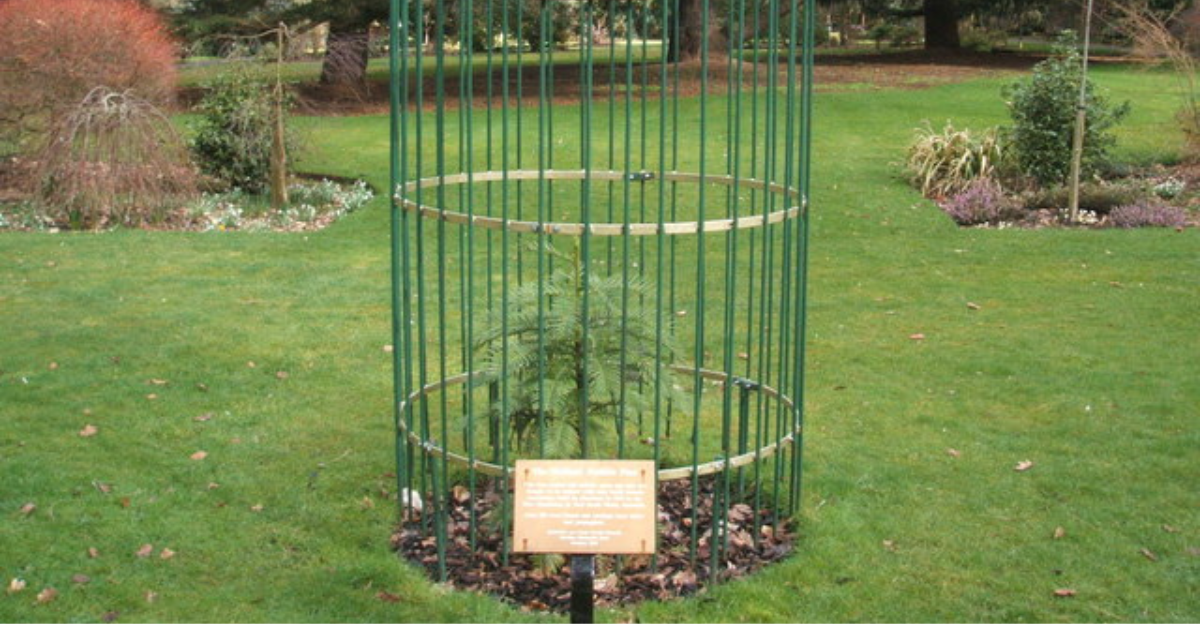
Since it has been rediscovered, the Wollemi pine has become a symbol of conservation. Australian authorities have kept the wild population’s exact location a secret, hoping to protect it from poachers and harmful diseases. Fire management and propagation efforts have been crucial in conserving the Wollemi pine.
Commercial cultivation has now made saplings available to the public in order to spread the species worldwide and to reduce pressure on wild populations. Each new seedling is a symbol of hope for the Wollemi pine’s future. The fruiting of the Worcestershire tree is a milestone, showing that with care and dedication, even the rarest species can be rescued from the brink of extinction.
Inspiring Generations
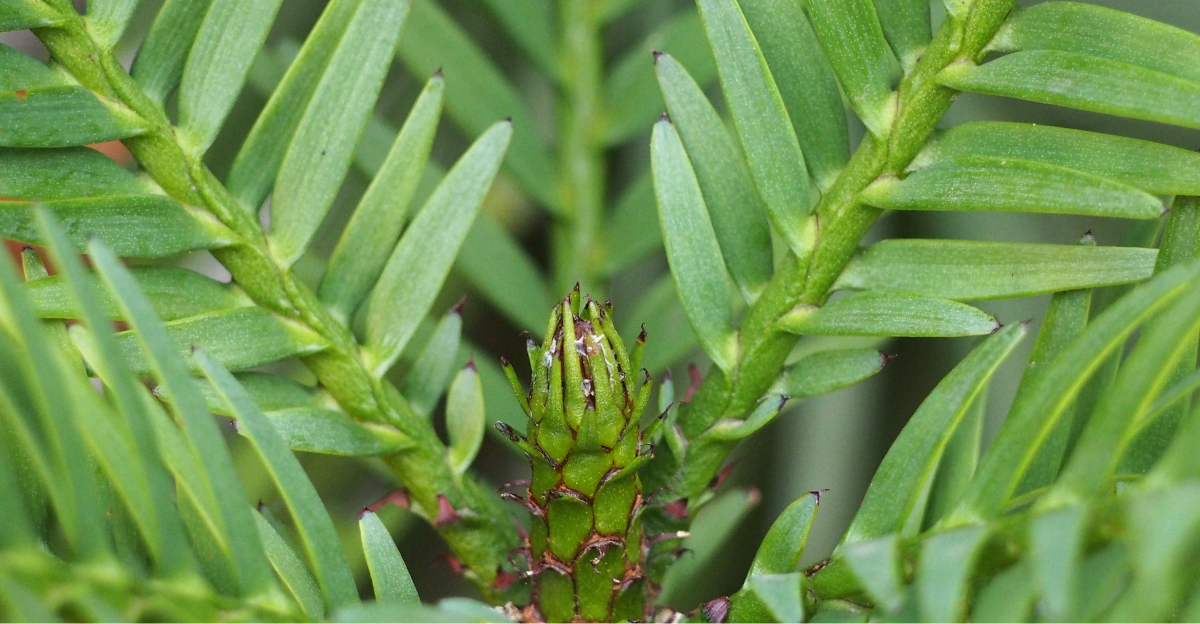
The Wollemi pine’s story inspires awe and wonder. It stands as a living testament to evolution, resilience, and the vital role of biodiversity. The Thompsons plan to open their garden to visitors, offering a rare opportunity to see the ancient tree up close and to learn about its prehistoric roots.
For many, encountering the Wollemi pine in person is a reminder that nature is filled with incredible mysteries. Its survival inspires people of all ages to value, protect, and celebrate the planet’s extraordinary diversity, ensuring that stories like these continue for generations.
Seeds of the Future
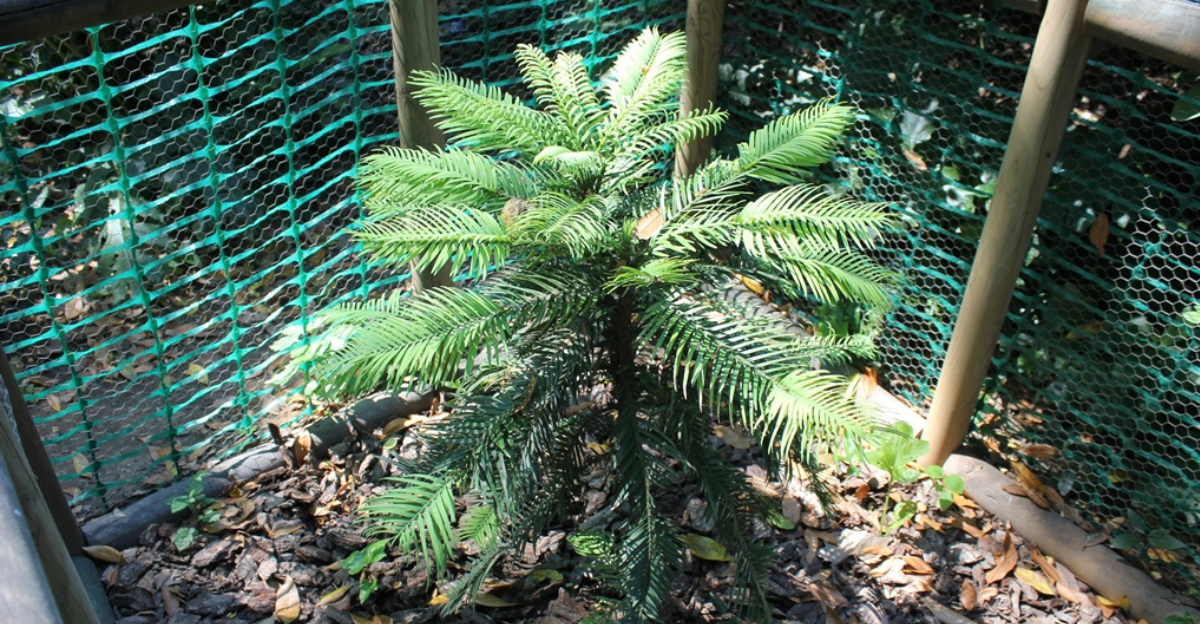
As scientists collect and study the seeds of the Wollemi pine in Worcestershire, a new chapter begins. Scientists hope these will produce healthy trees that will further secure the species’ future. The fruiting of the world’s rarest tree after 90 million years stands as a remarkable triumph of nature’s resilience and human care.
The Wollemi pine’s journey from the age of dinosaurs to modern gardens is a testament to endurance and hope. Its story reminds us that with dedication and care, even the most ancient and endangered species can have a future, inspiring conservation efforts worldwide.
Explore more of our trending stories and hit Follow to keep them coming to your feed!

Don’t miss out on more stories like this! Hit the Follow button at the top of this article to stay updated with the latest news. Share your thoughts in the comments—we’d love to hear from you!







